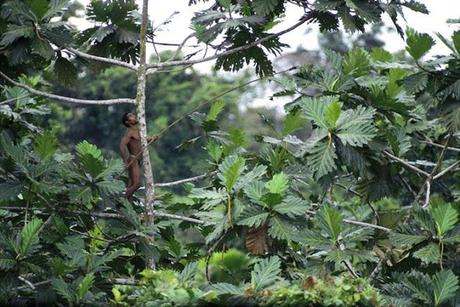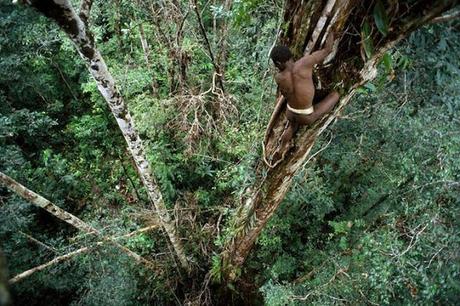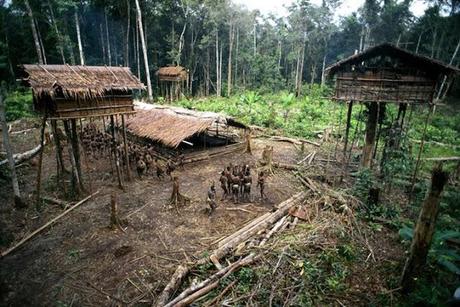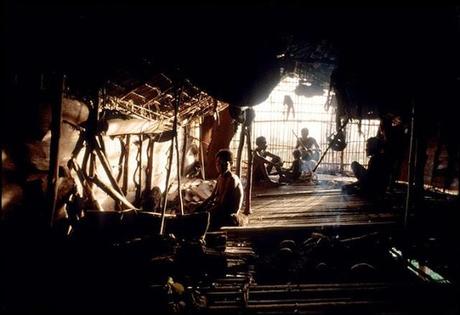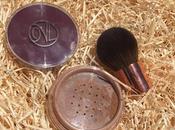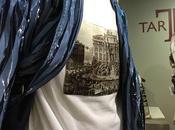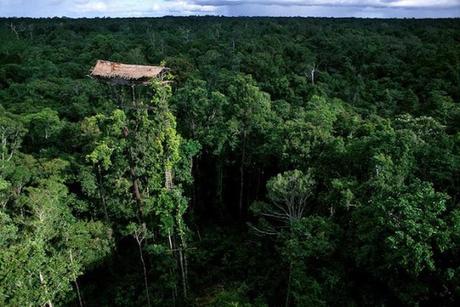
I Korowai sono una piccola tribù che vive in una regione piuttosto remota della Nuova Guinea.
Anche se il clima è piuttosto ostile, i Korowai son riusciti ad adattarsi facilmente all’ambiente, ma ciò che è più affascinante è che sono riusciti anche a trasformare la foresta tropicale in una vera e propria ricchezza.
Fino a circa vent’anni fa nessuno li conosceva, specialmente per il fatto che essi costruiscono le loro case sugli alberi. Il motivo di questa scelta è giustificato dagli stessi Korowai con la possibilità di vedere più facilmente gli uccelli e le montagna lontane, ma in realtà si tratta di impedire agli stregoni malefici di entrare nelle loro case.
Riuscite ad immaginare di vivere oltre 30 metri da terra sugli alberi?
Il documentario della BBC, Human Planet, è riuscita ad intrufolarsi all’interno di questa tribù di Korowai: assicuratevi di prendere visione di questo interessante clip video:
Qui, invece trovate alcune impressionanti fotografie:
